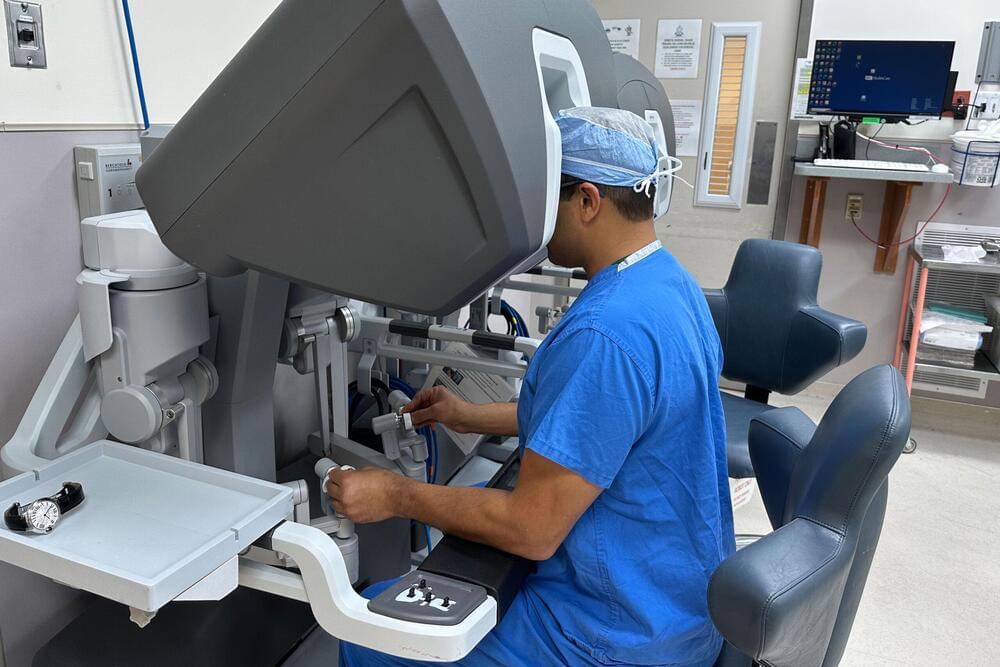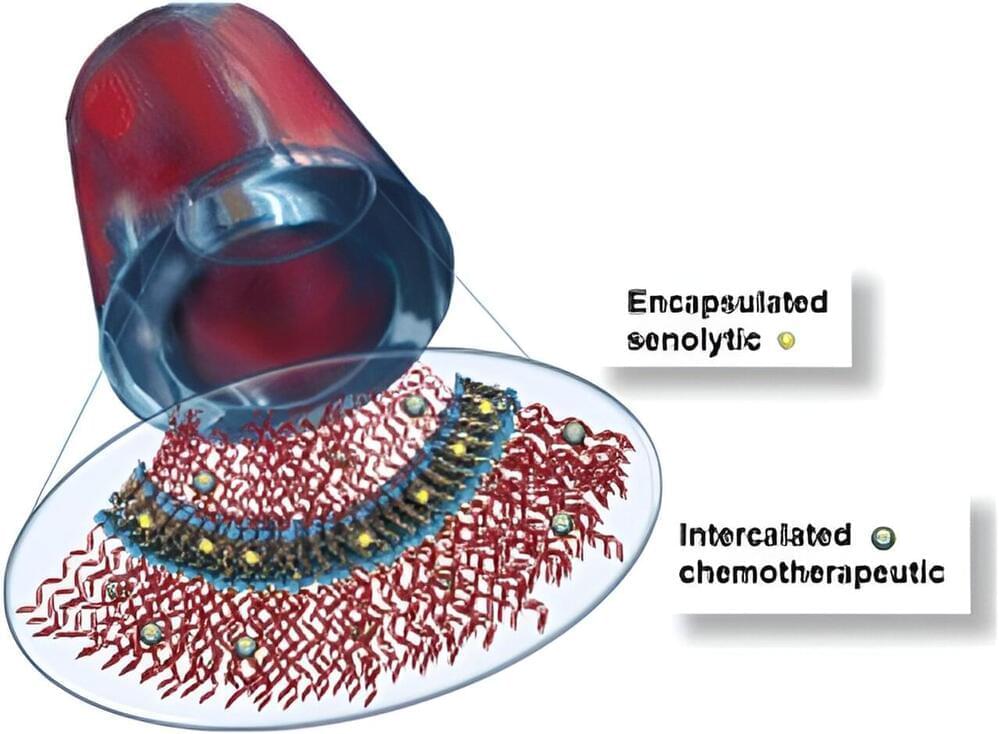Vanderbilt researchers have developed a way to more quickly and precisely trap nanoscale objects such as potentially cancerous extracellular vesicles using cutting-edge plasmonic nanotweezers.
The practice by Justus Ndukaife, assistant professor of electrical engineering, and Chuchuan Hong, a recently graduated Ph.D. student from the Ndukaife Research Group, and currently a postdoctoral research fellow at Northwestern University, has been published in Nature Communications.
Optical tweezers, as acknowledged with a 2018 Physics Nobel Prize, have proven adept at manipulating micron-scale matter like biological cells. But their effectiveness wanes when dealing with nanoscale objects. This limitation arises from the diffraction limit of light that precludes focusing of light to the nanoscale.








